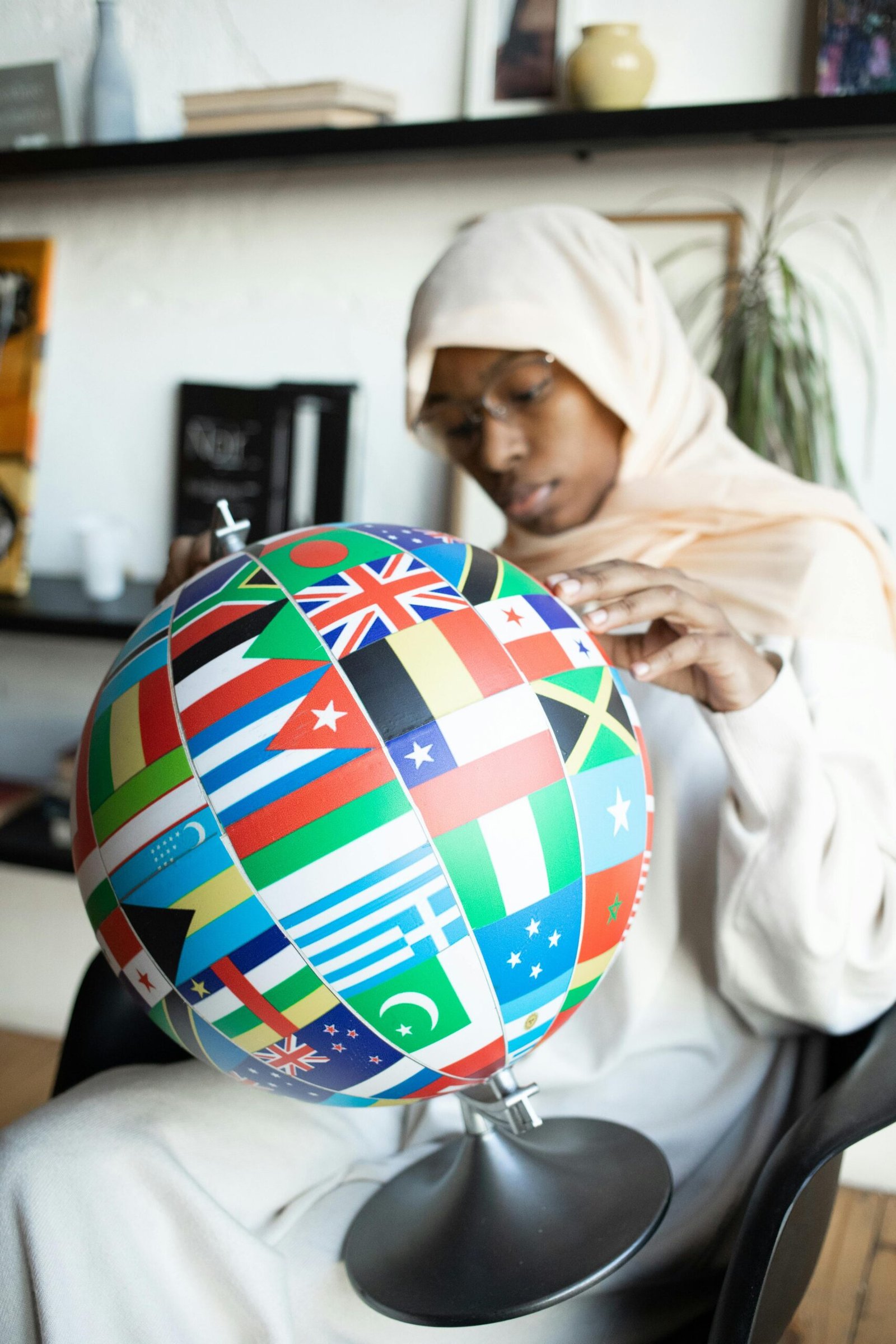
In a world grappling with social inequalities, about approximately one third of the global population is at risk of being excluded from essential services and participation in a variety of sectors due to factors such as gender, age, ethnicity, and physical ability.
Current Global Conditions
Social inclusion is not just morally right, but also economically beneficial. Excluding disadvantaged groups leads to individual losses like lower wages, lifetime earnings, and poor education outcomes, along with physical and mental health costs. Nationally, the economic impact includes foregone GDP and human capital wealth. Globally, the loss in human capital wealth due to gender inequality alone is estimated at $160.2 trillion or 24.856 $ US per capita.
Additionally, around 15% of the global population (approximately 1 billion people) live with a disability, and an estimated 90% of children with disabilities do not go to school, especially in developing countries. With time, this exclusion can cause social struggles. It might even increase chances of violence and strife. Long-term, huge social and economic costs could become evident.
The Challenges
- Cultural and Social Stigmas: Resistance to change in social structures and addressing the lack of awareness about diversity, including gender, age, ethnicity, and physical ability
- Limited Access to Education and Resources: Unequal distribution of educational opportunities and essential resources.
- Legal and Regulatory Hurdles: Diverse legal frameworks and regulatory environments across countries.
Unveiling the Roles to Promote Diversity, Equity, and Inclusion
NGOs can play a vital role in bridging development gaps, working from individuals and communities to national and local levels, breaking down barriers and promoting a more inclusive world. Their joint efforts aim to ensure equal access to opportunity for everyone, regardless of background or identity.
Individuals:
- Advocacy & Allyship: Speak up against discrimination by voicing opinions and showing support through participation in activities that foster inclusion.
- Education & Awareness: Continuously educate oneself on social issues, biases, and privilege to develop a more inclusive mindset.
Communities:
- Building Inclusive Spaces: Actively creating environments that support diversity in workplaces, schools, and public spaces.
- Promoting Cultural Understanding: Develop educational programs centered around the theme of social inclusion.
NGOs (Non-Governmental Organizations):
- Direct Supports: Provide resources and services to communities and individuals encountering systemic barriers.
- Education and Training: Offer programs and training on diversity, equity, and inclusion (DEI).
- Policy Advocacy: Advocate for policy changes at national and international levels regarding discriminatory laws.
Government
- Policy Amender and Executor: Create and rebalance equity-centered regulations to support even representation of diverse communities.
- Inclusive Viable Facilities: Provide and improve public goods and services to reduce inequalities and discrimination in access.
- Remain engaged with Citizen: Held a collaboration with non-governmental organizations (NGOs) that collect data related to inclusivity issues.
Sources
Cuesta, Jose; López-Nova, Borja; Niño-Zarazúa, Miguel. 2022. Social Exclusion: Concepts, Measurement, and a Global Estimate. Policy Research Working Papers;10097. © World Bank, Washington, DC. http://hdl.handle.net/10986/37594 License: CC BY 3.0 IGO
Analysing and measuring social inclusion in a global context. Available at: https://www.un.org/esa/socdev/publications/socialinclusion-globalcontext.pdf
Labour market inclusion of people with disabilities. Available at: https://www.ilo.org/wcmsp5/groups/public/—dgreports/—inst/documents/publication/wcms_646041.pdf
World Health Organization & World Bank. 2011. World report on disability 2011. World Health Organization. https://iris.who.int/handle/10665/44575
World Bank. 2020. Pivoting to Inclusion: Leveraging Lessons from the COVID-19 Crisis for Learners with Disabilities. © World Bank, Washington, DC. http://hdl.handle.net/10986/34237 License: CC BY 3.0 IGO.


